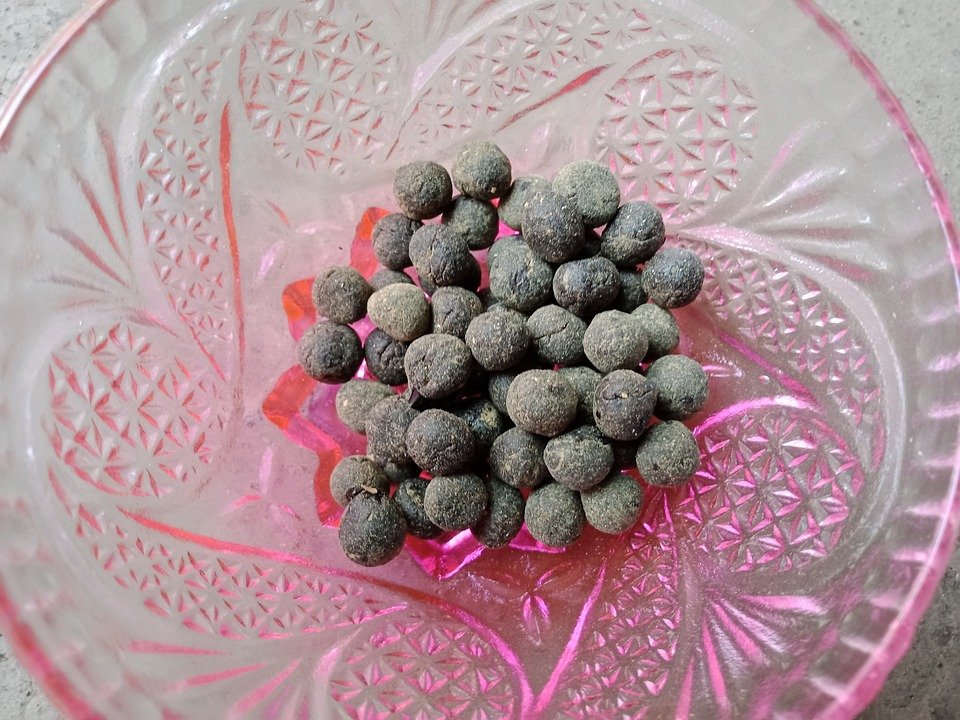 Pediatric allergies are a common concern for many parents and caregivers. Understanding the common triggers and treatment options for pediatric allergies is crucial for managing and alleviating symptoms in children. Allergies occur when the immune system overreacts to a harmless substance, such as pollen, dust mites, or certain foods. In children, allergies can manifest in various ways, including skin rashes, sneezing, coughing, wheezing, and stomach discomfort.
Pediatric allergies are a common concern for many parents and caregivers. Understanding the common triggers and treatment options for pediatric allergies is crucial for managing and alleviating symptoms in children. Allergies occur when the immune system overreacts to a harmless substance, such as pollen, dust mites, or certain foods. In children, allergies can manifest in various ways, including skin rashes, sneezing, coughing, wheezing, and stomach discomfort.Common Triggers of Pediatric Allergies
There are several common triggers of pediatric allergies that parents should be aware of. These triggers can vary depending on the child’s age, environment, and genetic predisposition. Some of the most common allergens that can trigger allergic reactions in children include:
1. Pollen: Pollen from trees, grasses, and weeds can trigger seasonal allergic rhinitis, also known as hay fever. Symptoms may include sneezing, runny nose, itchy eyes, and congestion.
2. Dust mites: Dust mites are tiny insects that thrive in warm, humid environments, such as bedding, carpets, and upholstered furniture. Exposure to dust mites can cause allergic reactions, including coughing, wheezing, and skin rashes.
3. Pet dander: Pet dander is a common allergen that can trigger allergic reactions in children who are sensitive to animal proteins. Symptoms may include sneezing, itching, and hives.
4. Mold: Mold spores can trigger allergic reactions in children who are exposed to damp, humid environments. Symptoms may include coughing, wheezing, and skin irritation.
5. Food: Food allergies are common in children and can be triggered by a variety of foods, including peanuts, tree nuts, dairy, eggs, and shellfish. Symptoms of food allergies may include hives, swelling, vomiting, and difficulty breathing.
6. Insect stings: Insect stings from bees, wasps, and fire ants can trigger allergic reactions in children who are sensitive to insect venom. Symptoms may include swelling, itching, and difficulty breathing.
Treatment Options for Pediatric Allergies
There are several treatment options available for managing pediatric allergies and alleviating symptoms in children. The most common treatment options for pediatric allergies include:
1. Allergy testing: Allergy testing can help identify the specific allergens that trigger allergic reactions in children. Once the allergens are identified, parents can take steps to avoid exposure and reduce the risk of allergic reactions.
2. Medications: Over-the-counter and prescription medications can help alleviate symptoms of pediatric allergies, including antihistamines, decongestants, and corticosteroids. These medications can help reduce inflammation, itching, and congestion associated with allergic reactions.
3. Allergy shots: Allergy shots, also known as immunotherapy, can help desensitize children to specific allergens over time. By gradually exposing the immune system to small doses of allergens, allergy shots can help reduce the severity of allergic reactions and improve symptoms in children.
4. Allergy-proofing the home: Parents can take steps to allergy-proof the home and reduce exposure to common allergens, such as dust mites, pet dander, and mold. This may include using allergen-proof bedding, vacuuming regularly, and maintaining proper humidity levels in the home.
5. Avoiding triggers: Parents should help children avoid known allergens and triggers to prevent allergic reactions. This may include avoiding certain foods, pets, and outdoor activities during peak pollen seasons.
In conclusion, understanding the common triggers and treatment options for pediatric allergies is essential for managing and alleviating symptoms in children. By identifying allergens, seeking appropriate medical treatment, and taking steps to avoid triggers, parents can help children with allergies live healthier and happier lives. If you suspect your child has allergies, consult with a pediatrician or allergist for proper diagnosis and treatment.

You might be interested in learning more about common allergens that can trigger pediatric allergies. Speaking of allergens, you might be interested in allergies and food allergies to better understand how allergens can affect children’s health. Additionally, exploring information on insect sting allergies can provide insights on how insect venom can trigger allergic reactions in children. By educating yourself on these topics, you can further enhance your knowledge of pediatric allergies and their potential triggers.


